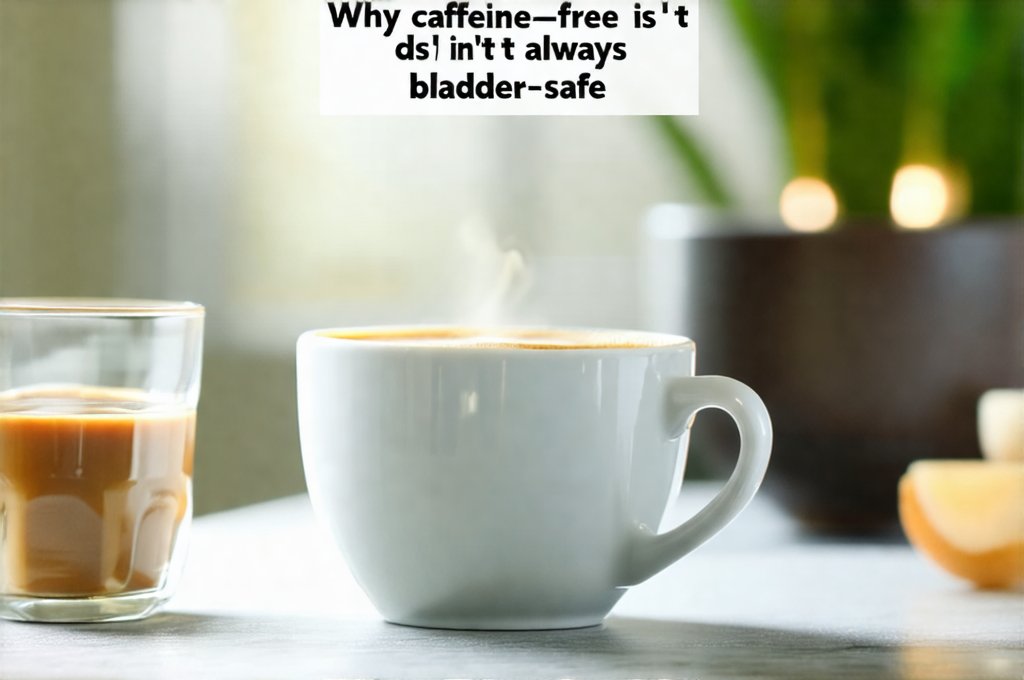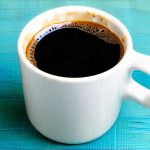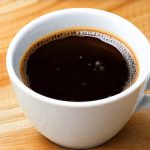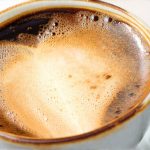Many people seeking relief from overactive bladder (OAB) symptoms naturally gravitate towards caffeine-free alternatives, believing they’ve eliminated a major irritant. While reducing or eliminating caffeine is often recommended – and rightfully so for many – the reality is more nuanced than simply swapping coffee for herbal tea. The bladder’s sensitivity is incredibly individual, and a host of other dietary and lifestyle factors can contribute to urgency and frequency, even in the absence of caffeine. Furthermore, some popular caffeine-free beverages contain ingredients that can have similar or even more pronounced effects on bladder health. It’s crucial to understand why “caffeine-free” doesn’t automatically equate to “bladder-safe,” and what other triggers might be at play.
This misconception stems partly from the well-established link between caffeine and increased urination. Caffeine is a diuretic, meaning it encourages the kidneys to produce more urine. It also has a direct stimulating effect on the bladder’s detrusor muscle, potentially leading to involuntary contractions – the hallmark of an overactive bladder. However, focusing solely on caffeine overlooks the complex interplay of factors influencing bladder function and can lead individuals down paths that don’t actually provide relief. A holistic approach, considering all potential irritants and adopting a personalized strategy, is far more effective in managing OAB symptoms than simply eliminating one beverage type. Understanding why flow always needs a mental push can also help manage expectations around bladder control.
Beyond Caffeine: Common Bladder Irritants
The world of seemingly harmless beverages extends far beyond coffee and tea. Many popular drink choices – even those specifically marketed as healthy or relaxing – can harbor hidden bladder irritants. Artificial sweeteners, for instance, are frequently found in diet sodas and sugar-free juices and have been linked to increased urinary frequency and urgency in some individuals. Citrus fruits and their juices, while rich in Vitamin C, contain high levels of acidity that can irritate the bladder lining. Similarly, carbonated beverages—even caffeine-free ones—can cause bloating and pressure on the bladder, exacerbating symptoms.
Another often overlooked culprit is alcohol. While not all alcoholic beverages are created equal (beer tends to be more irritating than wine for many), alcohol acts as a diuretic and can disrupt the normal signaling processes in the bladder. Even seemingly innocuous choices like cranberry juice, frequently recommended for urinary tract health, can actually irritate the bladder in sensitive individuals due to its acidity. It’s important to remember that everyone reacts differently; what triggers one person’s bladder may not affect another. Maintaining a detailed symptom journal – noting what you drink and how your bladder responds – is invaluable in identifying personal triggers. Why some UTIs don’t show typical signs can further complicate diagnosis, making accurate self-monitoring even more important.
The key takeaway here isn’t to eliminate all potentially irritating beverages, but rather to approach beverage choices with awareness and mindful experimentation. Understanding the potential impact of various ingredients allows for informed decisions and personalized adjustments based on individual sensitivity levels. Many people find that eliminating even one or two irritants makes a significant difference in their overall bladder health.
The Role of Osmolality & Bladder Sensitivity
Osmolality, simply put, refers to the concentration of particles in a liquid. Highly osmolal beverages – meaning they contain a lot of dissolved substances – can draw water into the bladder, increasing its volume and potentially triggering urgency. Many caffeine-free teas, herbal infusions, and fruit juices fall into this category due to their sugar content or naturally occurring compounds. While caffeine itself contributes to osmolality, it’s not the sole determinant of bladder irritation. A large glass of plain water, while hydrating, has low osmolality and is generally well-tolerated by most individuals with OAB.
Bladder sensitivity plays a crucial role in how these beverages are perceived. Some people have inherently more sensitive bladders than others, meaning they experience symptoms even with relatively mild irritants. This sensitivity can be influenced by various factors including age, hormonal changes, underlying medical conditions (like interstitial cystitis), and previous bladder infections. The nervous system also plays a role; heightened nerve activity in the bladder can amplify sensations of urgency and frequency. For someone with high bladder sensitivity, even small amounts of osmolality or acidity can be enough to trigger symptoms, making it crucial to identify and avoid personal triggers. It’s vital to determine is pelvic discomfort always urological? when evaluating potential causes.
It’s important to recognize that there isn’t a one-size-fits-all solution. What constitutes a “safe” beverage varies significantly from person to person. The process of identifying these personalized sensitivities is often best undertaken with the guidance of a healthcare professional, such as a urologist or pelvic floor therapist.
Identifying Your Personal Bladder Triggers
One of the most effective ways to manage OAB symptoms is through meticulous self-monitoring and identification of personal triggers. Keeping a bladder diary for at least three days – ideally a week – can provide invaluable insights into how your body responds to different foods and beverages. This diary should include:
* What you drink (including portion size)
* When you drink it
* Your symptom levels (urgency, frequency, leakage, pain) on a scale of 1-10
* Any relevant context (stress levels, activity level, etc.)
Analyzing this diary can reveal patterns and correlations between specific beverages and your symptoms. For instance, you might discover that chamomile tea consistently triggers urgency, even though it’s caffeine-free. Alternatively, you may find that you tolerate sparkling water without issue but experience irritation with orange juice. Once identified, these triggers can be minimized or avoided altogether.
Another helpful technique is the “elimination diet” approach, adapted for bladder health. This involves temporarily removing all potential irritants from your diet and gradually reintroducing them one at a time, carefully monitoring for any symptom flare-ups. This method allows you to pinpoint exactly which foods and beverages are contributing to your OAB symptoms. Remember that consistency is key; it’s important to give each reintroduced item enough time (usually 24-48 hours) before assessing its impact on your bladder.
The Importance of Hydration & Fluid Timing
While avoiding irritants is crucial, adequate hydration is equally important for bladder health. Dehydration can concentrate urine, making it more irritating to the bladder lining and exacerbating symptoms. Aiming for approximately 6-8 glasses of water per day – or as recommended by your healthcare provider – is generally advisable. However, when you drink fluids also matters.
Avoid drinking large amounts of fluid close to bedtime to minimize nighttime awakenings. Spreading out fluid intake throughout the day rather than consuming most of it in one go can help regulate bladder filling and reduce urgency. Before activities that might exacerbate symptoms (like exercise or long periods of sitting), consider reducing your fluid intake temporarily.
Seeking Professional Guidance & Comprehensive Management
Managing OAB is rarely a simple matter of eliminating caffeine. It often requires a comprehensive approach that addresses multiple factors, including diet, lifestyle, pelvic floor muscle function, and underlying medical conditions. If you’re struggling with OAB symptoms, seeking professional guidance from a urologist or pelvic floor therapist is highly recommended.
These healthcare professionals can:
* Accurately diagnose the cause of your symptoms
* Develop a personalized treatment plan tailored to your specific needs
* Provide education on bladder health and self-management strategies
* Recommend appropriate therapies, such as pelvic floor muscle exercises (Kegels), biofeedback, or medication
Remember that OAB is a treatable condition. With the right knowledge, support, and proactive management, you can regain control of your bladder and improve your quality of life. Don’t fall into the trap of thinking caffeine-free automatically means bladder-safe; understanding your unique triggers and adopting a holistic approach are essential for long-term success. Why You Shouldn’t Ignore Light Urinary Leaks is also an important consideration in overall bladder health management.





















